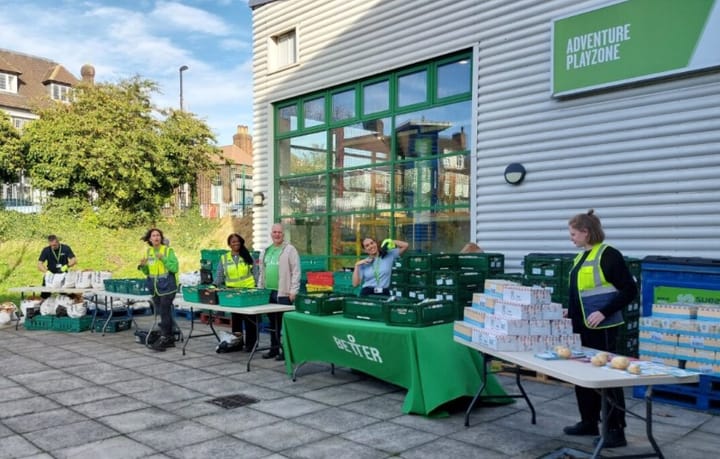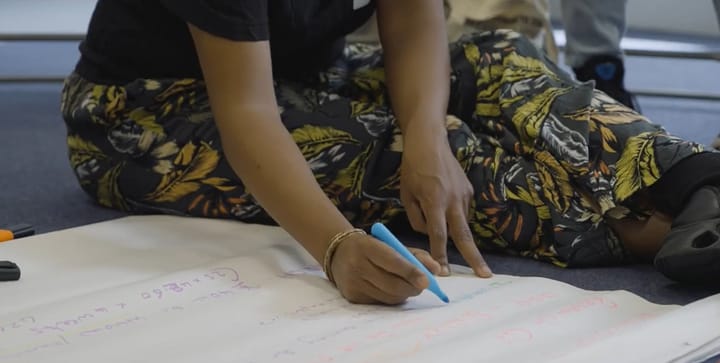Lewisham air pollution: installing monitors but bottling the behaviour change
Council officers presented the annual Air Quality Action progress report to the scrutiny committee. Although they have installed many new monitors, officers struggled to respond to questions on impact and behaviour change.
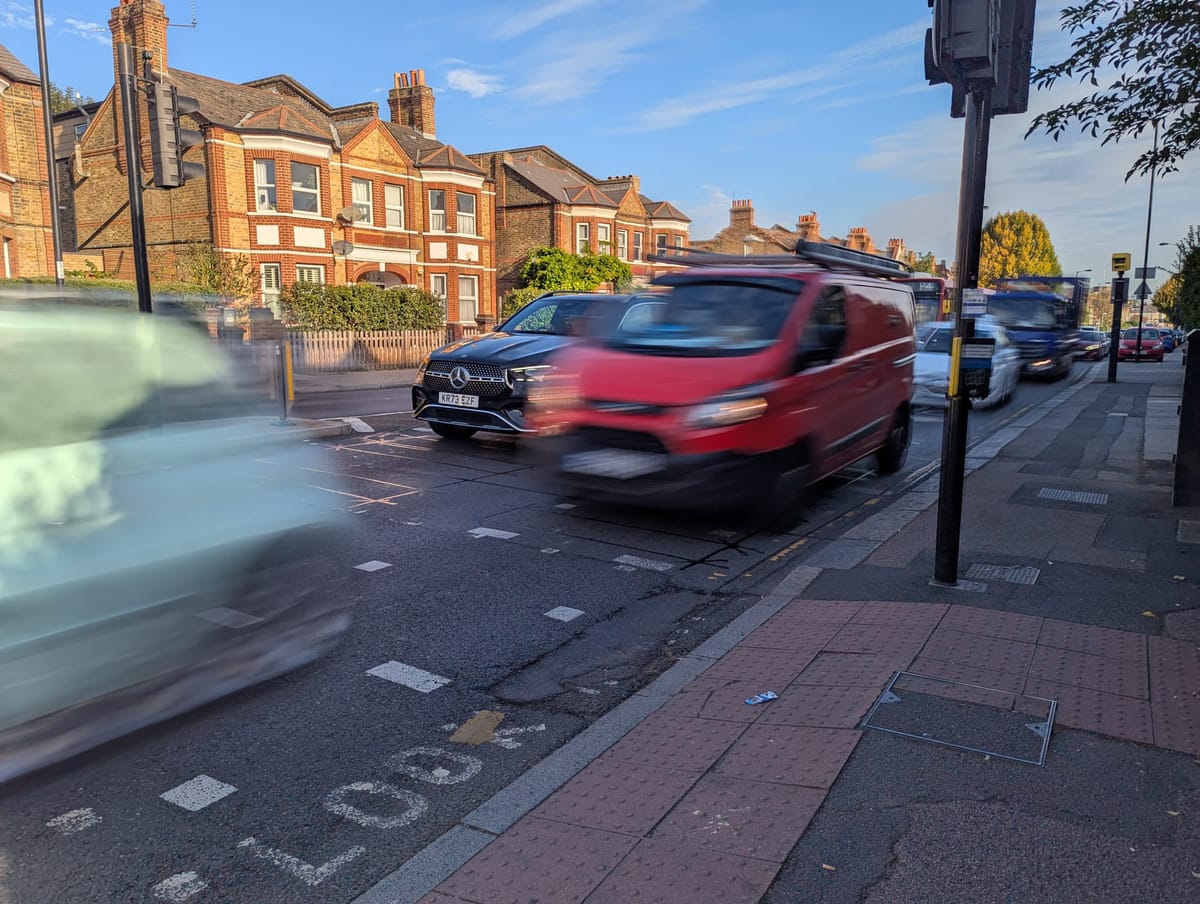
There will be people in Lewisham who suffer from strokes, heart attacks, dementia and other conditions, which they would not have had if they lived in an area with less road traffic. In some cases, residents will die prematurely because of their exposure to air pollution.
There will be children and adults who will have flare ups of asthma or other breathing conditions and need admission to hospital.
Patients, their families and health workers generally will not know that these conditions or premature deaths were linked to air pollution, but the causal link has been proven in over 60,000 research studies.
The good news is that we know what to do about it - air pollution will quickly improve if we reduce private car journeys and move to active travel (walking, cycling and using public transport). This would also have benefits in improving public health and reducing greenhouse gas emissions.
This rapid improvement in air quality happened during the pandemic, but we have now slipped back into our old ways and car journeys have bounced back.
Lewisham's Public Health manager and Environmental Protection officer presented its latest Air Quality Progress report to the Sustainable Development scrutiny committee on 11th September.
"Shockingly poor" performance on Travel for Life
Officers reported new monitors around the borough, six more school streets and work on woodburning. Two more schools had achieved the Travel for Life scheme which aims to promote active travel, bringing Lewisham's total to eight.
But when councillors asked about impact and the difficult subject of behaviour change, officers became vague.
Councillor Sian Eiles apologised for pressing officers for outcomes from school streets and whether they were attempting to measure behaviour change, adding "I know this is tough".
On the schools' progress on Travel for Life (8 schools in total, of which 6 have achieve Gold standard), Eiles said - "within active travel education and the same with cycle training, we seem to be massively underperforming". She described Lewisham's performance as "shockingly poor" compared with other councils under similar financial pressures such as Haringey.
Eiles appealed to officers: "The council needs to embed behaviour change into schools when children are young, they're our future. Essentially this is how we can change things going forward and and get some noticeable change."
Committee members have witnessed the council's difficulties with the Sustainable Streets programme which has seen widespread pushback from a section of local car drivers, while misinformation and conspiracy theories have swirled around it.
For many roads in the borough, this has prevented the council from rolling out improvements that would have reduced air pollution and encouraged active travel.
Lewisham's Healthy Streets scorecard showed that active travel modeshare reduced last year from 75.6% of journeys to 72.8% journeys.
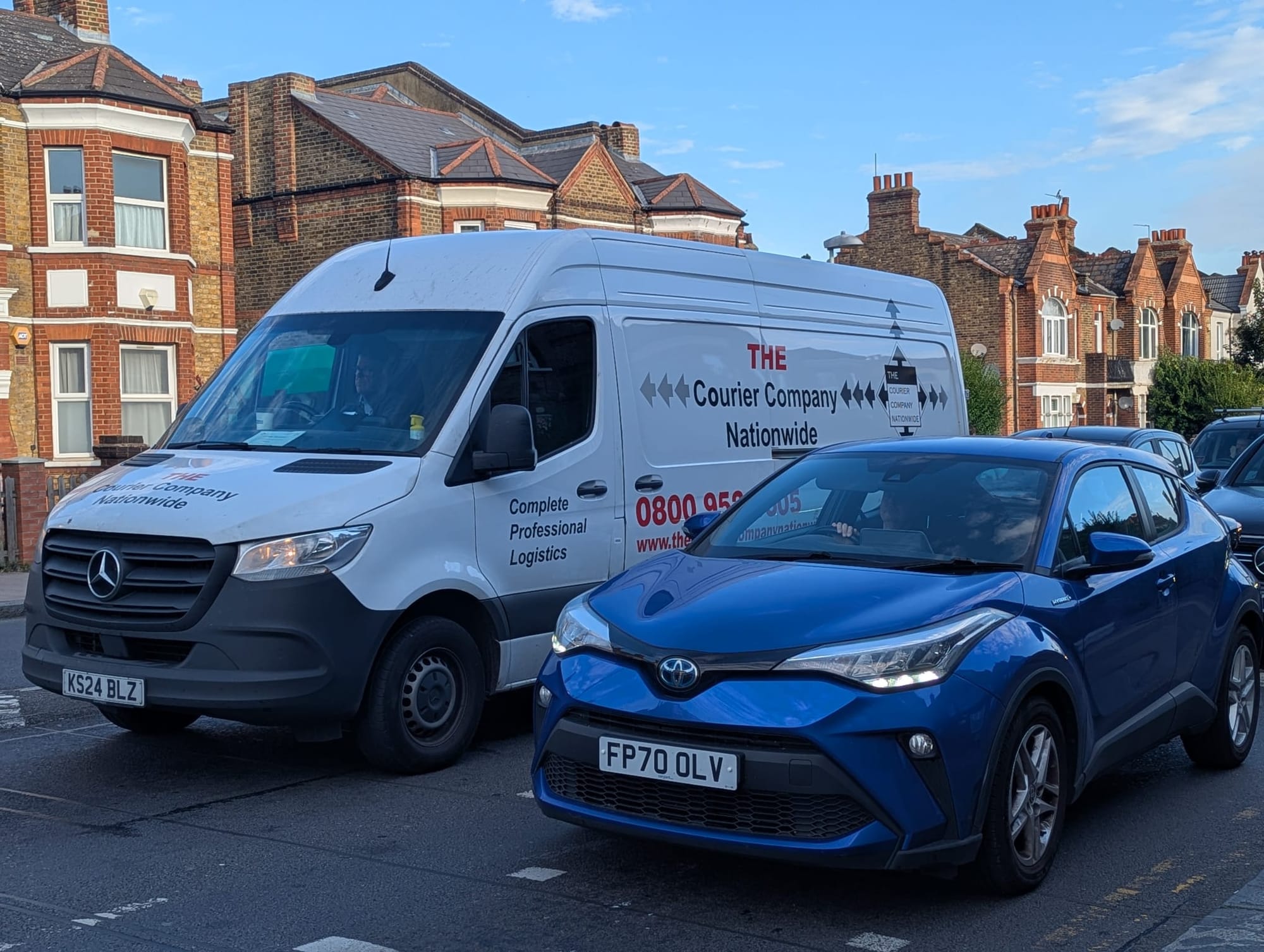
Pollution from woodburning stoves
Officers reported that they are taking part in a DEFRA funded project on woodburning, have installed monitors and sent out communications.
A tiny proportion of households in London use woodburning stoves - researchers from UCL estimated 6.5% in Forest Hill, 4.5% in Lee Green, with lower percentages in other parts of Lewisham.
But this small number of residents, using stoves for occasional evenings during the winter, create around 15% of particulate matter PM2.5 in the borough. For comparison, road traffic is responsible for 30% of PM2.5.
PM2.5 has widespread health impacts and increases the risk of strokes, heart failure and dementia.
Again, Eiles asked if there were measurable outcomes.
Officers were disappointingly unambitious, saying they want to "get people to make changes in the way in which they use their wood burners, making sure they're serviced and well maintained, making sure they're only burning completely dried wood ... and then we would hope that we will see a decline in PM 2.5".
They added, "behaviour change messaging isn't easy because people who have wood burners don't want us coming along saying you shouldn't be burning".
Messages could include the high levels of air pollution that wood burning creates for those inside the house, and (as with public health messages on smoking) a responsibility towards neighbours and the over 95% of residents who are not using wood burning stoves.
Sign-up for our free weekly newsletter - Salamander News in your inbox
Mayor of London's interim targets not adopted
Several councillors asked what officers were doing about working to meet WHO targets.
Officers replied WHO targets are "very, very stringent" and effectively out of reach.
But the mayor of London has committed to a new interim target for PM2.5 of 10 µg m³ by 2030, while the government has agreed a target of 12 µg m³ across the UK by 2028. The council ought to have both in its sights.
There were areas of confusion or even misinformation, raising questions about the advice that the officers are getting from their air quality management consultants.
Pollution disperses, but that doesn't let the council off the hook
There was confusion over the difference between roadside and urban background level monitoring stations, with officers suggesting that the pollution at background monitors were picking up "more of that continental pollution coming from outside of the roadside".
This is an incorrect, and understandably raised more questions from the scrutiny committee.
The majority of London's air pollution is coming from activities in London and the GLA has analysed the sources of different pollutants in the London Atmospheric Emissions Inventory (LAEI).
Officers said "We might not be able to achieve the WHO levels because of the background levels which we've got no control over".
Some pollutants disperse more than others and will be crossing Lewisham's boundaries - in both directions - but that does not mean the council is off the hook.
The council is also a polluter, and has a responsibility to address its sources of pollution.
SELCHP is a polluter, not a solution
The largest single source of PM2.5 pollution in Lewisham is the waste incinerator South East London Combined Heat and Power (SELCHP).
As noted in Lewisham's Air Quality Action Plan 2022 - 2027, combined heat and power plants are primary sources of air pollution in urban areas.
By importing waste from other boroughs to burn, Lewisham is generating additional pollution and exporting it across south east and east London.
Yet somehow, plans for heat networks sourced by SELCHP have made it into the council's Air Quality Action Plan Update report.
The report describes work with Veolia on connections from SELCHP to different future heat networks. If this happens, it will lock the council further into dependency on this high pollution source.
Experts point out that district heating should be powered by renewable energy sources, eg wind or solar power.
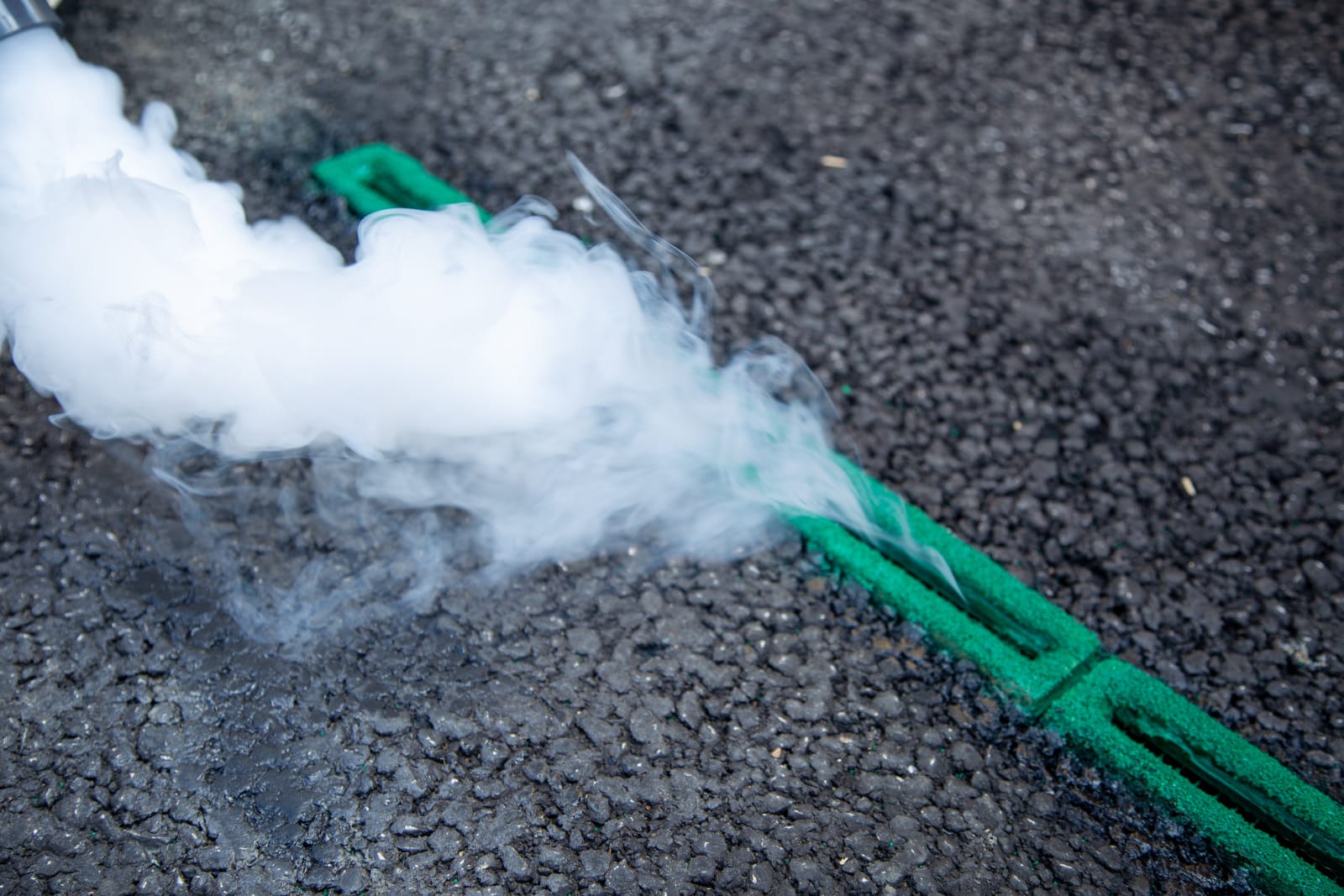
Roadvent: "A bit unbelievable"
Officers reported that they were awarded a grant of £132,532 to install Roadvent, "an innovative pollution mitigation measure" that aims to suck air pollution out through channels in the road.
Councillor Liam Curran, committee chair, asked for more information, saying: "It seems a bit unbelievable ..".
Salamander is investigating Lewisham's Roadvent project. Investigative journalism takes hours of work, please become a supporter or leave a tip.

